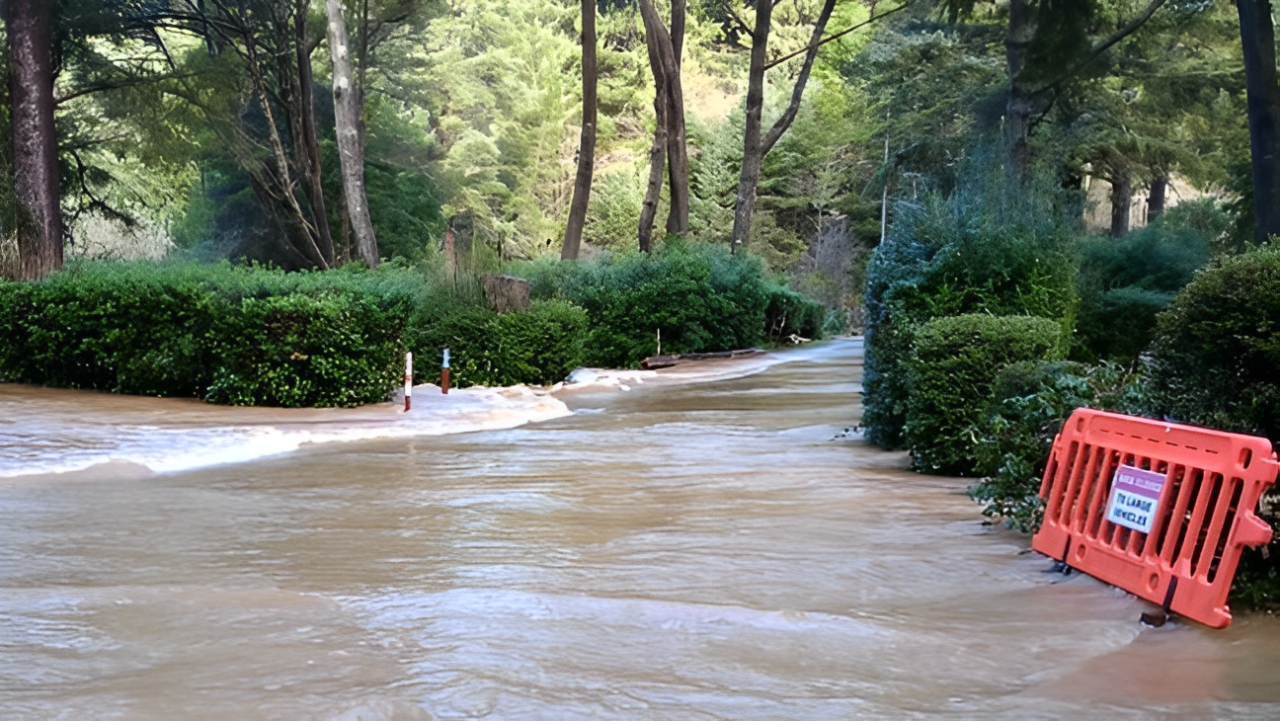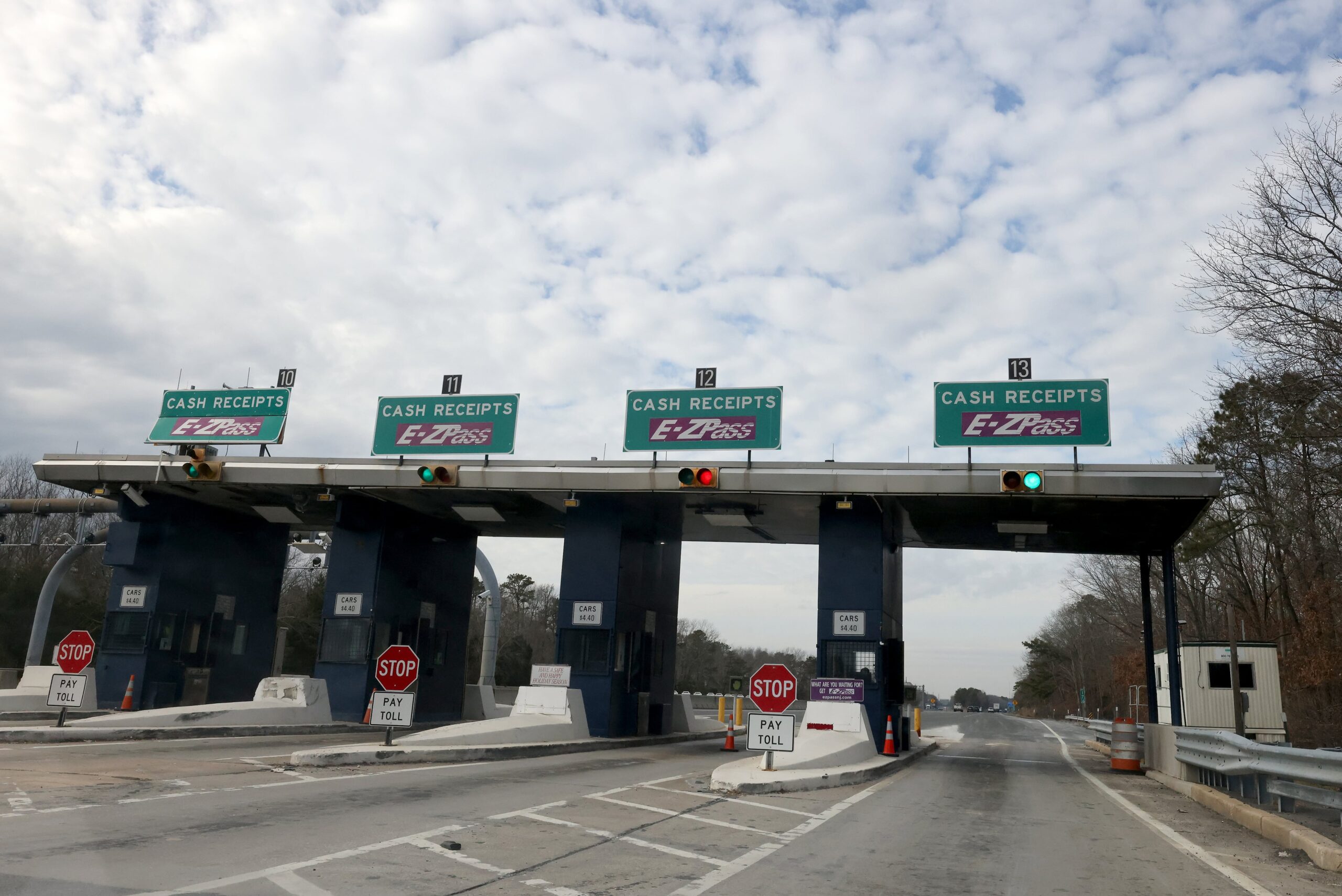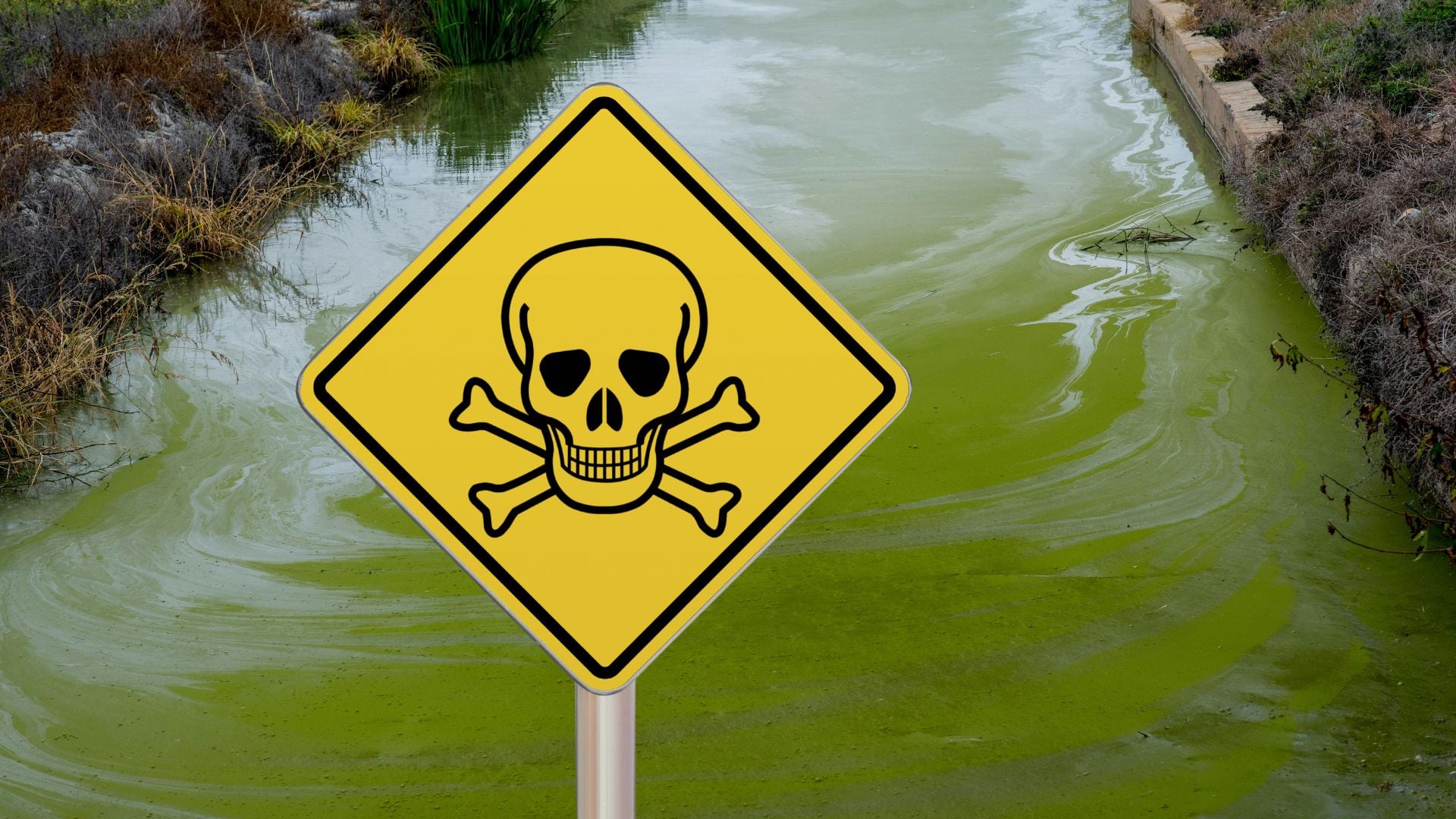The weather in Northwest Oregon and Southwest Washington is expected to turn dangerous over the next few days. The National Weather Service has issued both a High Wind Advisory and a Flood Watch for these areas, with residents urged to take necessary precautions to stay safe as powerful storms move in.
High Wind Advisory: What to Expect
Residents of Northwest Oregon and Southwest Washington should prepare for gusty conditions that can cause damage to trees, power lines, and other structures. The High Wind Advisory is in effect from today until later in the week, with the strongest winds expected to hit in the afternoon and evening hours.
Key Details About the Wind Advisory:
- Wind speeds: Gusts may reach up to 50 mph or more in some areas.
- Potential risks: Downed trees, power outages, and flying debris.
- Affected areas: Cities like Portland, Vancouver, Salem, and Eugene, as well as rural areas and highways, are included. Highways such as I-5 and I-84 are expected to be especially vulnerable to strong winds.
What residents should do:
- Secure outdoor objects like furniture, trash cans, and decorations that can be easily blown away by the wind.
- Be cautious while driving, especially on highways where crosswinds may impact vehicle control.
- Stay indoors during the peak of the storm if possible, and avoid travelling unless absolutely necessary.
Flood Watch: Heavy Rainfall Expected
Alongside the wind, heavy rainfall is expected in many areas, triggering a Flood Watch. This means that there is a risk of flooding in low-lying areas, especially in places where the ground is already saturated from previous storms.
Key details about the flood watch:
- Rainfall amounts: Expect between 1 to 3 inches of rain in the next 48 hours, with higher amounts possible in some areas.
- Risk of flooding: Urban areas and areas near rivers or streams could experience street flooding, while creeks and small rivers may rise quickly and overflow.
- Affected areas: Flood-prone areas across Oregon and Washington, especially near the Columbia River and other major waterways.
What Residents Should Do:
- Avoid driving on flooded roads. Even a small amount of water on the road can cause vehicles to lose control.
- Be alert for flash floods, especially if you’re in an area near rivers or streams.
- If you live in a flood-prone area, move valuables to higher ground and prepare an emergency kit with essentials like food, water, and a flashlight.
Why These Storms Are So Strong
Meteorologists explain that the storm system bringing high winds and heavy rainfall is a result of a strong atmospheric disturbance. This disturbance is pushing warm, moist air into the region from the Pacific Ocean, where it interacts with colder air coming down from the north. The combination of these factors is creating a powerful system that is likely to last for several days, bringing both strong winds and heavy rainfall to the region.
As the storm system moves through, it’s important for people to stay informed by watching weather reports and listening to local advisories. Areas near the coast may experience the worst of the wind and rain, but inland areas should also remain cautious.
Preparing for Severe Weather: Key Tips
When facing extreme weather conditions, preparation is key. Here are some tips to help you stay safe during the high winds and heavy rainfall:
- Create an emergency kit: Make sure you have essentials such as water, non-perishable food, batteries, a flashlight, and any necessary medications. Keep this kit in an easily accessible place.
- Check your home for vulnerabilities: Ensure that windows and doors are securely closed and that any trees or branches near your home are trimmed back.
- Prepare your car: Make sure your vehicle has enough gas and that your tires are properly inflated. It’s also a good idea to keep an emergency kit in your car.
- Stay informed: Follow local weather reports and heed any warnings issued by authorities. You can also download a weather app for real-time updates.
Conclusion: Stay Safe and Prepared
With high winds and the threat of flooding, residents of Northwest Oregon and Southwest Washington are advised to stay vigilant over the next few days. The best way to stay safe is to be prepared, stay informed, and avoid unnecessary travel during the worst of the storm. By taking precautions, you can help protect yourself, your family, and your property from the worst effects of this severe weather event.
Disclaimer: This article has been meticulously fact-checked by our team to ensure accuracy and uphold transparency. We strive to deliver trustworthy and dependable content to our readers.








